How Does Drano Work? Everything You Want to Know
-
Jeff Weishaupt
- Last updated:
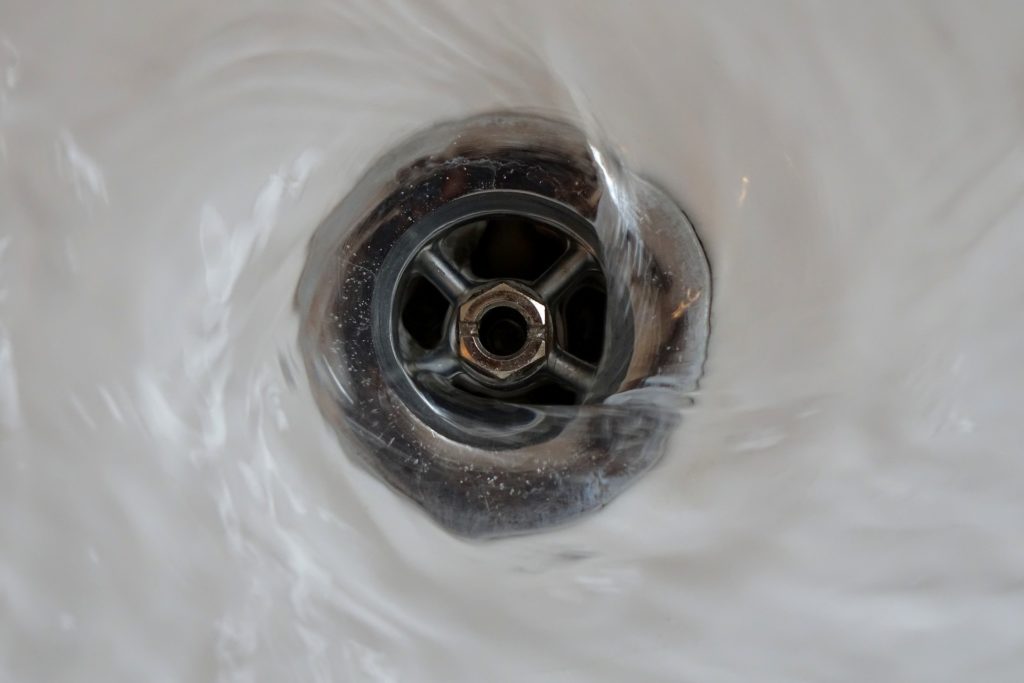
If you’ve ever had a clogged drain, the first solution people recommend to you is usually Drano. This household cleaner is incredibly popular in the US, especially for its reliable efficiency in every use. If you’ve ever used Drano, you’ve probably wondered how it works.
Well, it may vary since 10 different types of Drano are available on the market. However, the general idea is that it relies on a unique blend of chemicals to break down the items in your clogged pipes.
The question is, “Does Drano really work?” In most cases, yes, this chemical-based cleaner is effective enough to clear clogs, but there may be certain things you don’t know about Drano. Keep reading to learn more about Drano and the chemicals it uses to unclog pipes.
 How Does Drano Work?
How Does Drano Work?
Drano is made up of many harsh chemicals, including lye and aluminum. Other components of Drano include sodium nitrate, salt, and bleach. Drano is known for quick solutions but can also cause certain plumbing issues.
Typically, you’ll find three types of drain cleaners: caustic, enzymatic, and acidic. Acidic and caustic drain cleaners rely on harsh elements to clear blockages. That includes acid and sodium hydroxide.
Most consider enzymatic more eco-friendly since its bacteria create enzymes to eat the blockage. Drano isn’t an acidic drain cleaner since it contains lye and sodium hydroxide. It’s hard to find acidic drain cleaners that contain hydrochloric or sulfuric acid, but they’re becoming more popular.
Drano uses a unique blend of sodium hydroxide, sodium metasilicate, and sodium hypochlorite to unclog the drain. This blend produces enough heat to break down the components of the clog until they can’t hold on to the drain.
A specific type of Drano, Dual Force Foamer, uses a foaming agent known as hydrogen peroxide. This agent fills the drain with foam to clear the walls and eliminate the clog. Once you’ve used Drano, it’s always better to run hot water through the pipes, as it will rinse all clogging elements out of the drain.
Different Types of Drano
There are 10 different types of Drano on the market, each with its purpose. Here’s what you must know about them.
1. Max Gel Clog Remover
The Drano Max Gel Clog Remover uses a thick bleach formula to cut through stagnant water. Then, it clings rapidly to even the toughest clogs, removing all soap scum, hair, and other gunk. This solution is best used for garbage disposals, laundry sinks, and drains in the kitchen.
2. Kitchen Granules Clog Remover
The Drano Kitchen Granules Clog Removerheats the water in the drain or pipe to melt all grease-related clogs in the kitchen sink. Of course, this Drano is best used in the kitchen sink, but we wouldn’t recommend using the granules if it has a garbage disposal. In that case, it’s better to use Drano Max Gel or Dual-Force Foamer.
3. Foamer Clog Remover
The Drano Foamer Clog Remover combines two ingredients to fill the drain with foam. This foam does a great job cleaning the pipe walls and dissolving all the gunk. You can finish the cleaning by running hot water through the drain to eliminate the remaining clog.
This solution is best used in garbage disposals, laundry sinks, and drains in the kitchen or bathroom.
4. Foaming Disposal Strips
Drano Foaming Disposal Strips are a simple and quick solution to freshen up the foaming action in your drain. Once the cleaning is done, it leaves a fresh citrus scent in your drains, sinks, and garbage disposals.
5. Liquid Drain Cleaner
The Drano Liquid Drain Cleaner starts the unclogging process instantly, taking about 15 to 30 minutes to complete the job. It can guarantee complete dissolution, especially if you flush everything down with hot water.
The liquid drain cleaner is best used in garbage disposals, laundry sinks, and drains in the kitchen or bathroom.
6. Snake Plus Tool + Gel System
The Drano Snake Plus Tool and Gel System is a foolproof way to unclog your drains. The snake loosens the clog’s components while the Drano gel clears away all leftover elements. The tool is flexible and 23 inches long, blending safely through the drains.
This system is best used in drains in the kitchen, drainer, and other places.
7. Max Build-Up Remover
The Drano Max Build-Up Remover has a blend of bacteria and natural enzymes, which eat away at the clogged elements in your pipes. This product is best used for preventing future clogs instead of opening a clog.
We recommend using it once a month to keep your pipes clog-free, most likely in the garbage disposal, kitchen drains, and bathroom drains.
8. Advanced Septic Treatment
The Drano Advanced Septic Treatment is best used in septic tanks and pipes, relying on an enzyme formula to break down the paper, grease, protein, oil, and solid waste in all clogs. Additionally, it can prevent septic backups in the future, as well as regular pumping.
9. Hair Buster Gel
The Drano Hair Buster Gel works efficiently to break down hair in any drain clog, guaranteeing complete dissolution. This solution is best used for bathroom drains and laundry sinks.
10. Kitchen Gel
The Drano Kitchen Gel formula is dedicated to eliminating greasy kitchen clogs, cutting through stagnant water. These clogs can lead to unpleasant odors and gather bacteria and germs, so they’re best used in garbage disposals and kitchen drains.
 Where Is It Used?
Where Is It Used?
Drano is most often used to get rid of drain and pipe clogs. All you need to do is pour the product down your drain, which dissolves all clogged elements, allowing water to run freely. Once you add hot water, the combination of sodium chloride, nitrate, and hydroxide decomposes the organic material.
Simultaneously, the cleaner’s aluminum and sodium hydroxide combination react to produce heat, speeding up the decomposition process. This reaction also leads to hydrogen gas release and ammonia production, which can enhance the decomposition too.
Luckily, there is a Drano formula to use in any situation. For example, the max gel clog remover cuts through stagnant water and works best with boiling hot water. Meanwhile, the liquid clog remover is an affordable solution that only takes 15 to 30 minutes to dissolve the clog gunk.
The dual force foamer clog remover uses a foaming solution to scrub the gunk out of the pipes. But you can melt the kitchen crystals clog remover to break down grease in your clogged pipes. Additionally, the max build-up remover softens clogged elements with the help of natural enzymes.
Lastly, the advanced septic treatment is used every month to prevent septic backups with natural enzymes to eat the clogged elements.
Advantages of Drano
Of course, Drano has endless advantages, which is why it’s such a popular cleaning agent. Its main benefit is its ease of use since it’s completely unlike hydro-jetting or cabling methods. You don’t need any special skills to use it other than just opening the bottle and pouring it down the drain.
Additionally, Drano works faster and cleaner than most other unclogging methods. In fact, it begins the dissolution almost instantly, taking only 10 to 15 minutes to get the job done. Plus, Drano is one of the most affordable and readily available chemical cleaners on the market. In fact, you can get most of its variations under $10, with each bottle lasting for plenty of treatments. That’s only a small percentage of what you’d pay a plumber to get rid of clogged drains.
Most importantly, Drano is incredibly versatile, as it can get rid of hair, grease, scum build-up, and other soft matter from your drains. It works effectively in most bathroom and kitchen sinks, shower drains, and garbage disposals, finishing the task in just 30 minutes at most.
While it doesn’t work on toilet clogs, you can prevent future clogs in the toilet with the help of Drano’s max build-up remover.
It’s also worth noting that the brand has an incredible track record of efficiency and reliability. Drano was originally established in 1923, with its first product being a crystal drain cleaner created by the Drackett Company. The liquid Drano hit the market in the late 1960s.
That’s why it’s still recognized as one of the top drain cleaner brands in the US, working well with any clogged or stagnant water. It can even get rid of tough hair clogs if you use their Hair Buster Gel or Snake Plus Tool and Gel System. The snake tool does a great job of loosening hair clumps in the drain.
You can also get rid of grease clogs if you use Drano Kitchen Granules Clog Remover, but the Drano Dual-Force Foamer Clog Remover works best for clogged garbage disposals.
Disadvantages of Drano
Drano is one of the most effective chemical cleaners out there, but it has its disadvantages too. For example, chemical cleaners can cause chemical burns and produce noxious fumes if used incorrectly.
That’s why you must be extra careful while pouring it down the drain, as any backsplash can severely damage your eyes and skin. Plus, inhaling the fumes can be incredibly harmful if you’re in an enclosed space.
Additionally, Drano can contain certain pollutants which may not be labeled explicitly on the bottle. You’ll need to read the ingredient list thoroughly to find them. These pollutants can also get into the soil and contaminate your groundwater if your main sewer line is leaking.
Drano may also damage your plumbing lines if the chemical is too strong for PVC pipes or older piping. The damage can be worse than anticipated if your pipes are already old or corroded. It’s also worth noting that Drano doesn’t work in every situation.
For example, if you keep getting repetitive clogs in the same area, it may be better to call a professional to solve this issue. Plus, Drano is almost always effective. So, if you don’t see any results after using the formula twice, it’s better to consult a plumber.
In some cases, the clog may be caused by uncommon elements, such as clay-based products or something synthetic. Unfortunately, Drano doesn’t help with this kind of clog, so you may need to hire professional help.
Outdoor clog drains are also not fixed with Drano, but you can confirm this information with your local government. Lastly, if you prioritize eco-friendly drain cleaners, Drano is different from the chemical-free, natural formula you may be looking for.
 Frequently Asked Questions
Frequently Asked Questions
Does Drano Work on Toilets?
Drano is not the right solution for a clogged toilet, but it can help you prevent them. You can use Drano Max Build-Up, which is the only recommended variation for toilet use. It releases microorganisms to eat clogged elements, like organic matter or toilet paper.
It won’t work if your toilet is still fully clogged, so it’s best to start with a plunger first. Then, when your toilet is draining slowly, you can use the Drano solution. Unfortunately, other Drano solutions do not contain microorganisms, which is why they mustn’t be used in toilets.
Most Drano products directly target and penetrate the clog in drains and pipes. Toilet clogs are beyond the trap, which is why Drano cannot reach those areas and directly penetrate the clogged elements.
It’s always better to try a DIY method, such as a plunger, first. If the clog is too tough, a toilet snake may work best, and they’re readily available in any home improvement store.

Does Drano Damage Pipes?
No, Drano typically does not damage your pipes if they aren’t too old or already corroded. These products are typically safe to use on any plastic or metal pipe since they are not acid-based.
However, some glue erosion issues may occur in the pipe joints if you use Drano outside of the given guidelines. Incorrect use can also melt or crack the pipes, especially if you’re using the solution too often.
That’s because Drano has certain active ingredients which produce heat. If your pipes are consistently exposed to heat, their strength will degrade rapidly. To avoid this, it’s best not to use Drano if you have recurring and persistent clogs.
The solution is only best for occasional clogs that are fixed rapidly.
How Much Time Does Drano Take to Start Working?
The time it takes for the Drano solution to work depends on the type of Drano you’re using. It’s crucial to follow the instructions on the label, but the general idea is to pour the liquid down the drain and flush it with hot water.
There’s some time you may need to wait before rinsing the drain with hot water, which can vary based on the Drano variation. At most, the solution will take up to an hour to work effectively. Here’s how much time each Drano product takes to start working:
- Drano Max Gel Clog Remover shows results in 15 to 30 minutes.
- Drano Kitchen Granules Clog Remover starts working in 15 to 30 minutes
- Drano Dual-Force Foamer Clog Remover unclogs drains in up to 60 minutes
- The Drano Liquid Drain Cleaner cleans pipes in 15 to 30 minutes
- Drano Snake Plus Tool + Gel System eliminates all clogs in 30 minutes after using the snake
- Drano Hair Buster Gel works in as little as 7 minutes but may take up to 30 minutes
- The Drano Kitchen Gel takes 15 to 30 minutes to work
How Do I Unclog My Drain Without Drano?
If you’re not a fan of Drano, using a plunger is a simple and effective way to unclog a drain. There isn’t too much expertise required to use a plunger, which is readily available in homes. We recommend using this handy tool before you try other solutions.
Other than that, you may also use a drain snake, which is long, slim, and flexible enough to get inside any drain. This can also help you access any stubborn clogs that your plunger and chemical cleaner may not reach.
You only need to insert the drain snake into the pipe, turn the handle, and crank until you unclog the pipe. Finally, reel it in and pull out the clog.
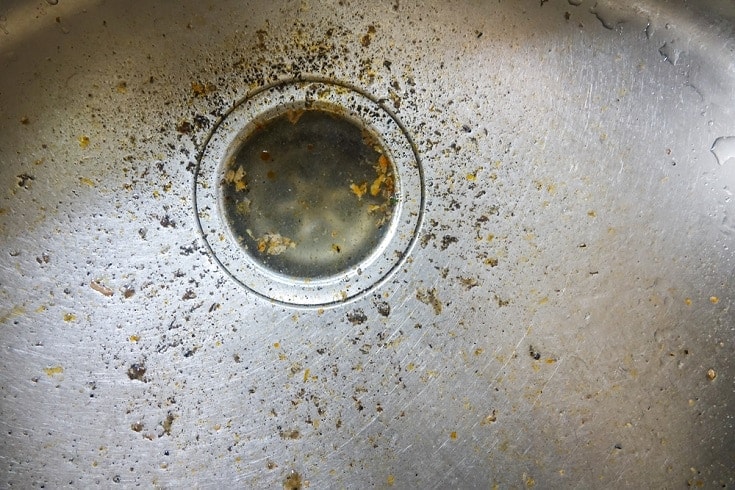
What Are Some Warnings About Using Drano?
Drano is undeniably effective, but there are certain warnings to know about before using it. First, you must never pour the Drano Kitchen Granules into a garbage disposal. Not only will it damage the unit, but the backsplash can damage your skin and eyes.
Additionally, you must never use Drano if the pipe is severely blocked, as it won’t do anything for the clog. The chemicals will only coat the clogging elements and contaminate the stagnant water in the drain. This can also become incredibly dangerous for the plumber to unclog the drain.
Lastly, you can’t use all Drano products on septic systems as they may cause damage. It’s better to use the dedicated Drano product for this method, known as the Advanced Septic Treatment.
 Conclusion
Conclusion
The rumors are true; Drano really does work in most cases. However, there are still certain situations that Drano can’t fix, so make sure to read our complete guide before making your purchase.
See also:
- 7 Best Drain Cleaners for Main Line Pipes: Reviews & Top Picks
- Can You Put Drano in a Dishwasher? What You Need to Know
Featured Image Credit: Pixabay
Contents
 How Does Drano Work?
How Does Drano Work?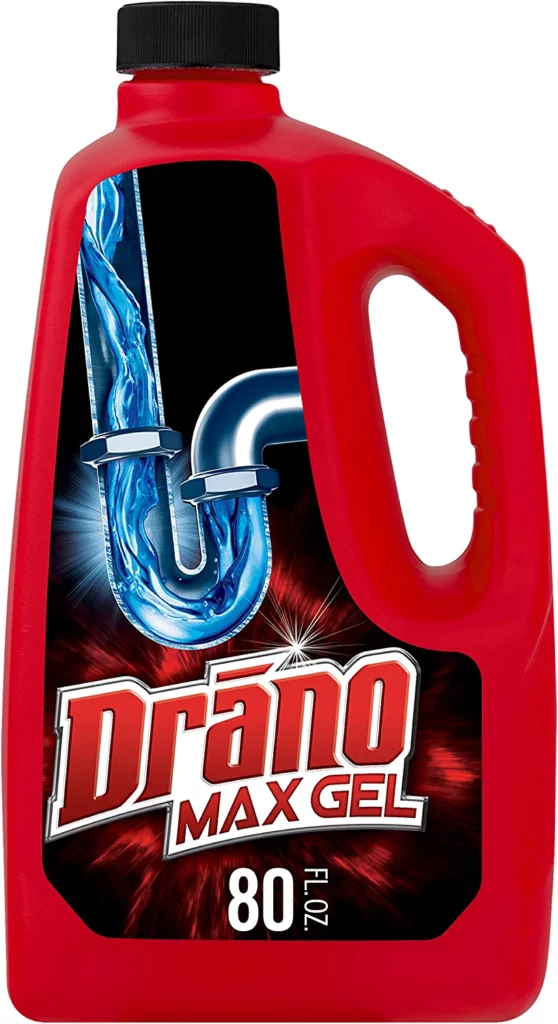


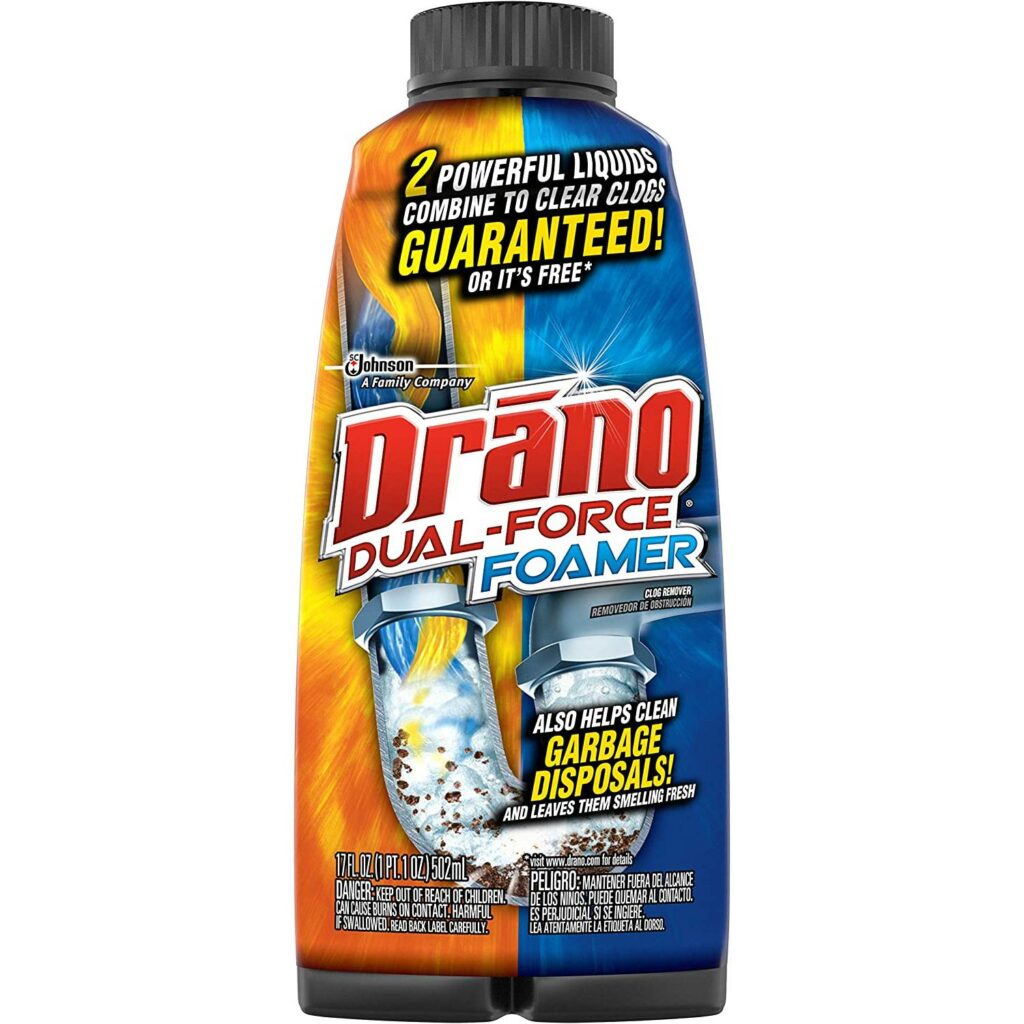

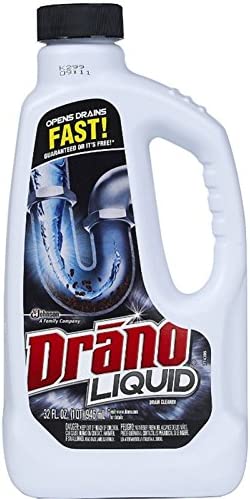

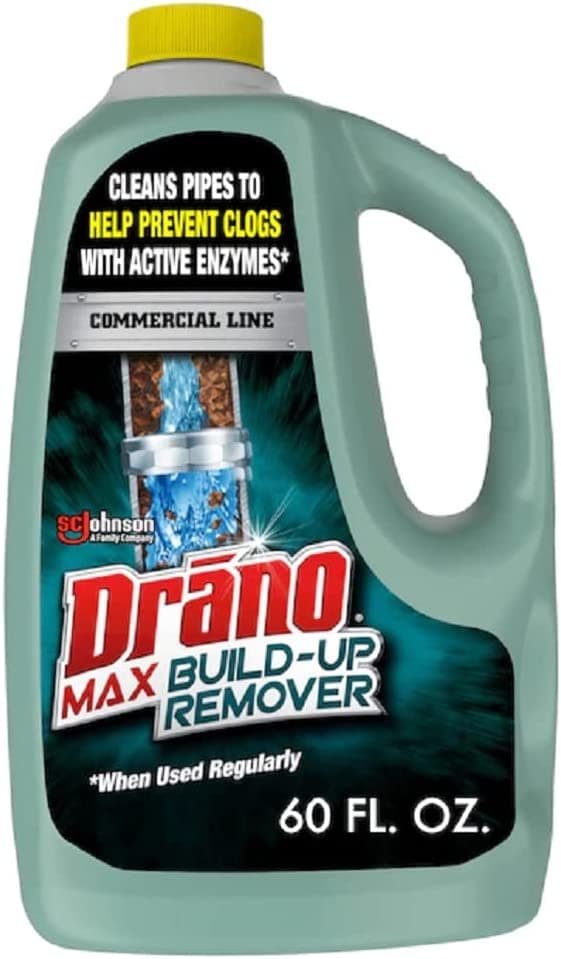

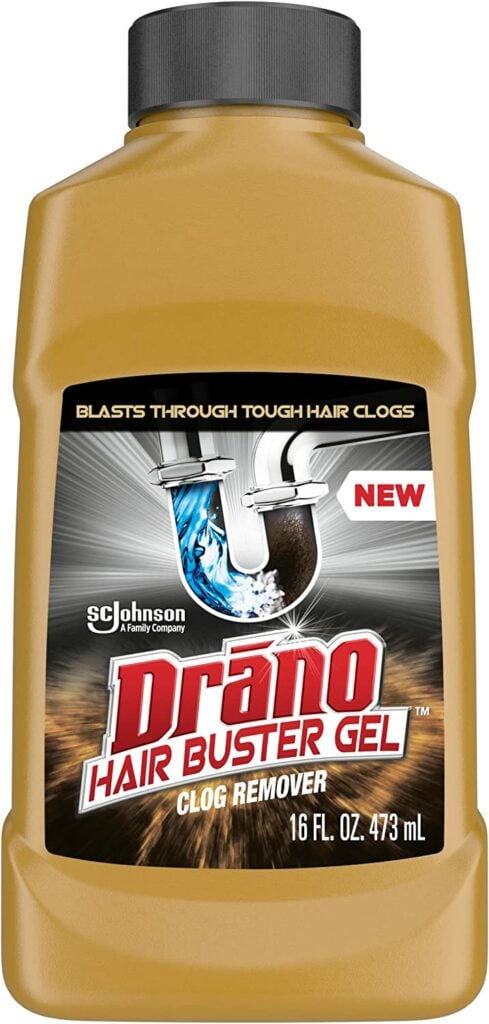
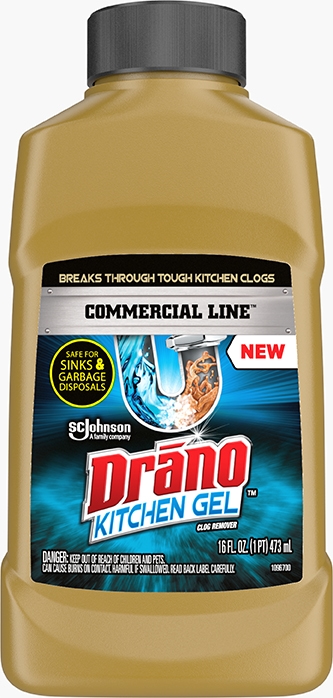
 Where Is It Used?
Where Is It Used?